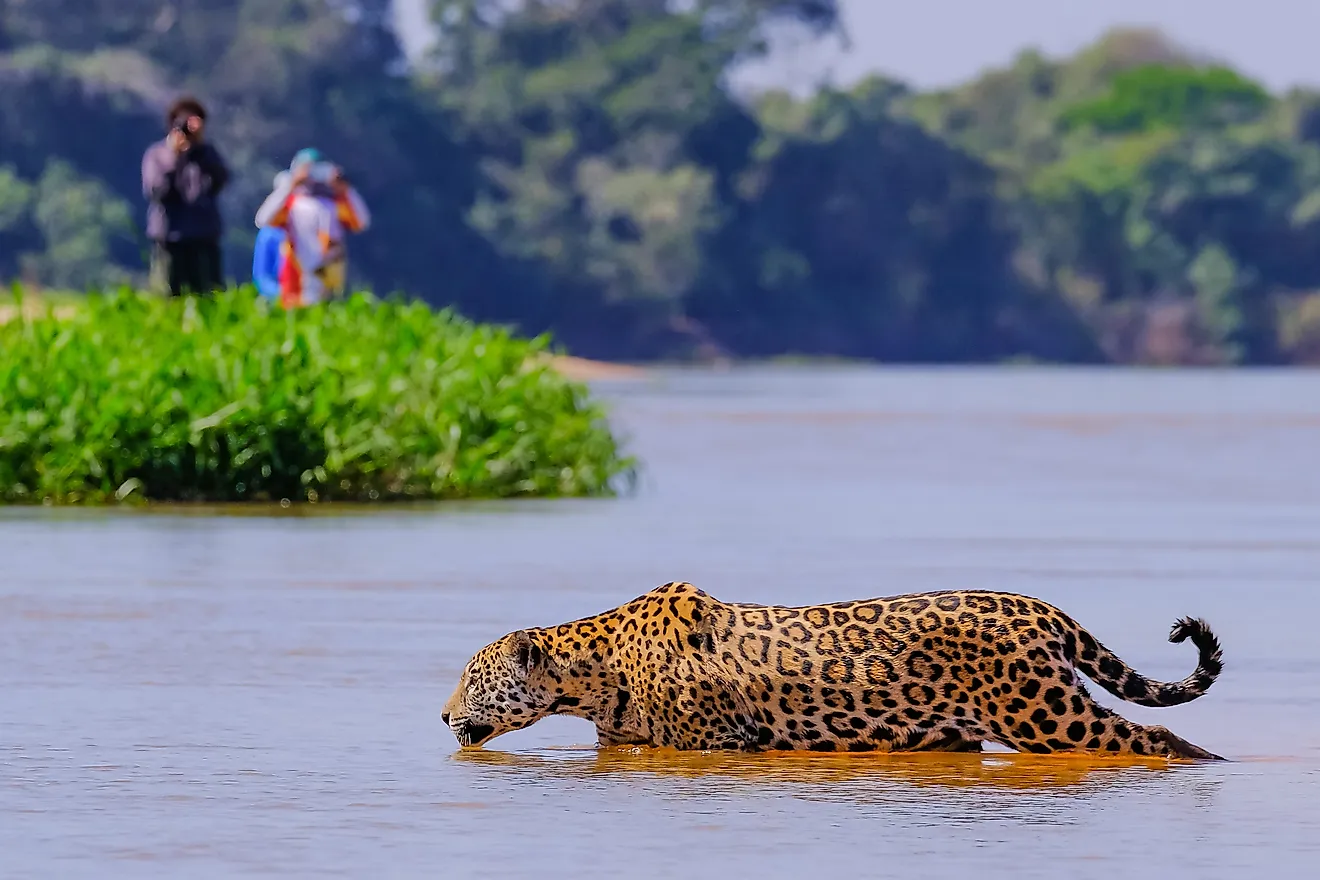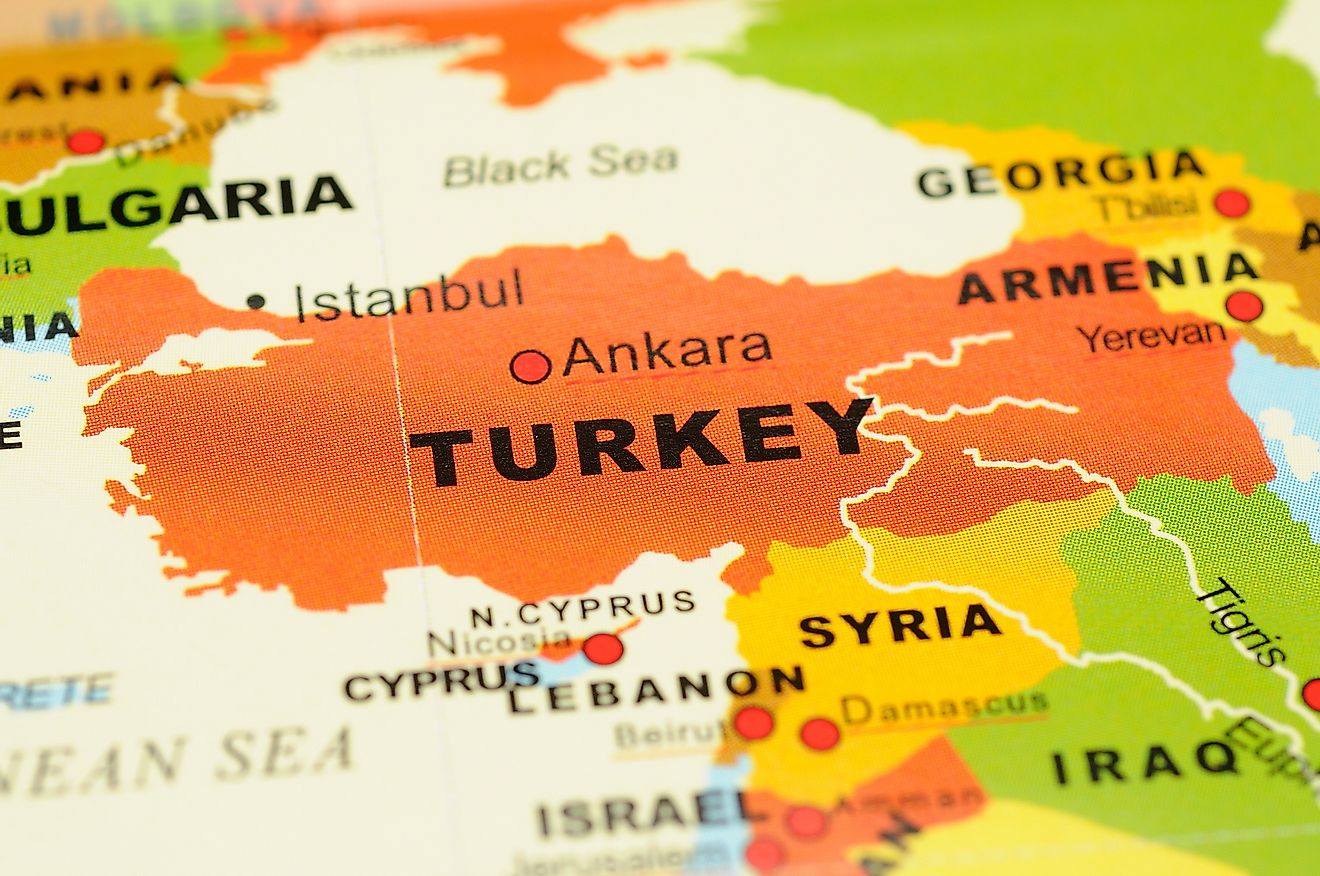What Is The Difference Between Ocean And Sea
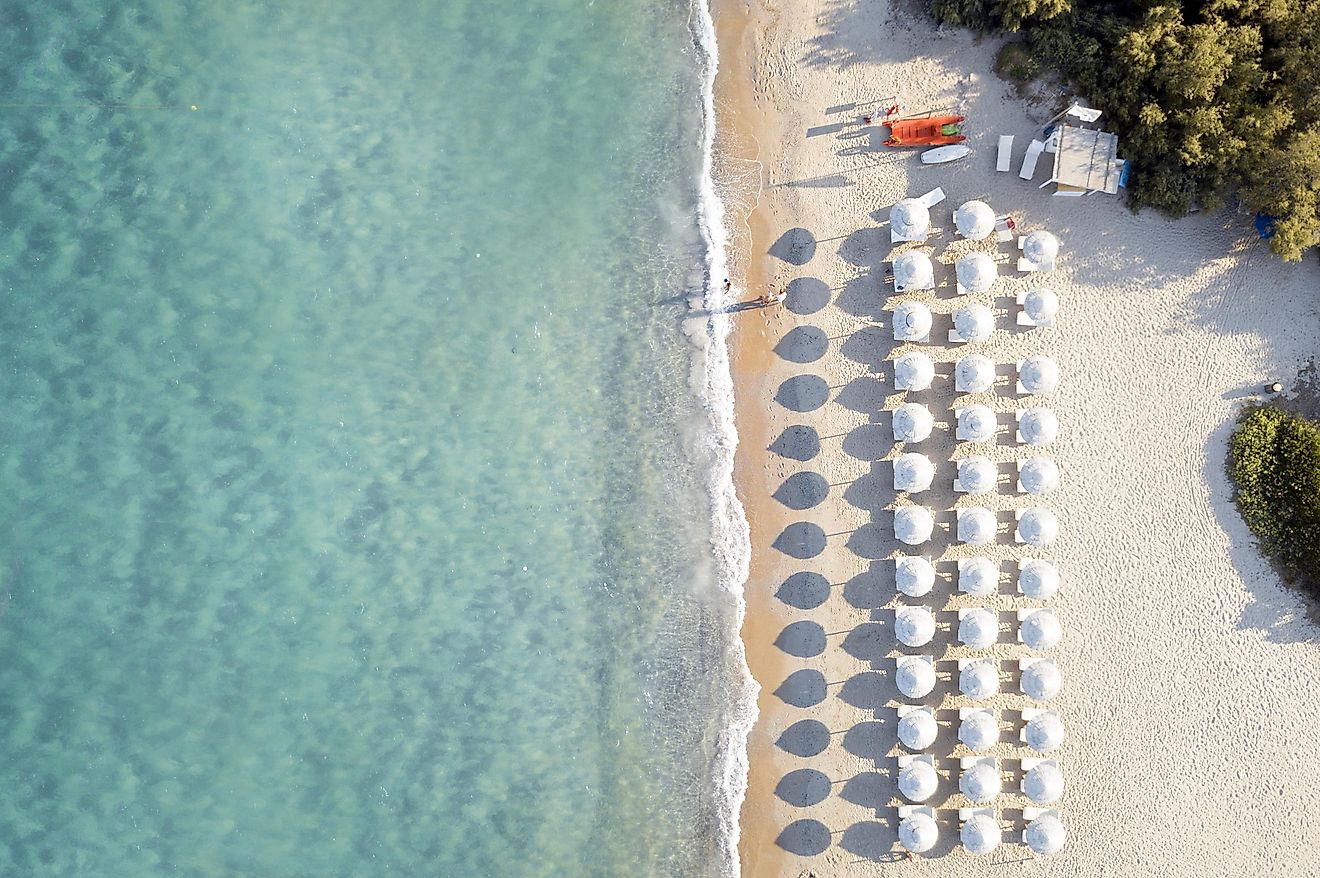
- While there is one global ocean, experts generally divide it up into five major interconnected basins: the Pacific, the Atlantic, the Indian, the Southern, and the Arctic.
- Seas are smaller bodies of water that are partially enclosed or surrounded by land.
- The Mediterranean is the largest sea in the world at 2.9 million square kilometers; even so, it is smaller than the Arctic Ocean.
- Even though seas are generally much shallower than oceans, the Caribbean Sea is significantly deeper than the average depth of the ocean.
It is a common misconception to think that ocean and sea are the same thing. In fact, these two words are often used interchangeably without knowing the proper definition of either. What, then, makes these bodies of water what they are? How are they similar, and more importantly, how are they different? The following article strives to answer these questions.
Differences Between Ocean And Sea
Location
The ocean is a large open body of salt water. It covers roughly 71 percent of the Earth’s total surface and contains 97 percent of all its water. It is so large that only five percent has been explored. While there is technically one global ocean, experts generally divide it up into five major interconnected basins: the Pacific, the Atlantic, the Indian, the Southern, and the Arctic.
Seas are somewhat harder to define. Generally speaking, they are bodies of water that are partially enclosed or surrounded by land. In other words, they are the part of the ocean where water meets dry ground. There are several notable exceptions, however, of seas that are completely landlocked. For example, the Caspian Sea is considered the world’s largest lake, even though it is classified as a sea.
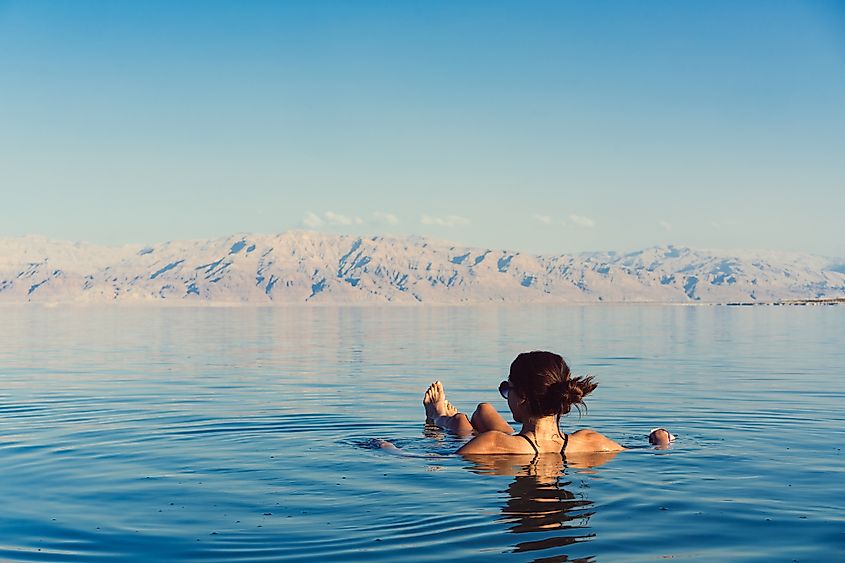
The iconic “seven seas” refers to important historical trading routes. These seas are not concrete, but rather change over time and place. Ancient Greeks considered the Aegean and Adriatic to be a part of this seven, whereas Medieval European literature recognizes such seas as the Baltic and Arabian. Following the colonization of the Americas, the seven seas changed again to include different waters such as the Caribbean and the Gulf of Mexico. While there is only one global ocean—or five, depending on one’s perspective—there are over fifty recognized seas today located all around the world.
Size
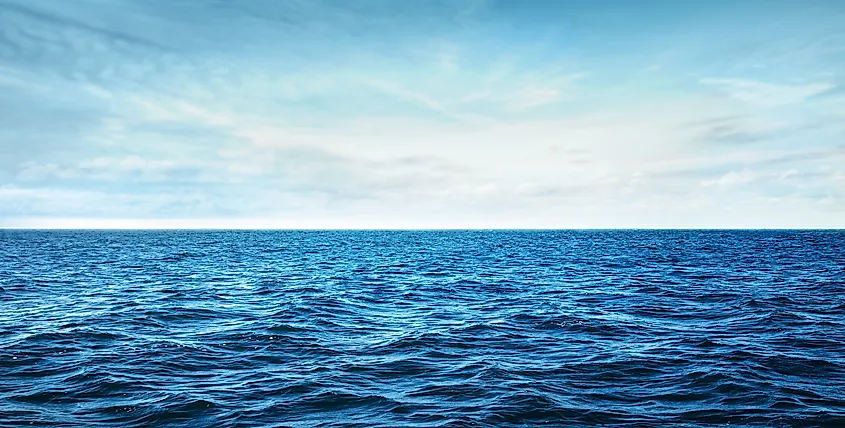
Despite the massive size of the five ocean basins, they vary drastically in size. The Pacific is easily the biggest at 168 million square kilometers. It extends from the north of the globe to the south, bordering numerous countries along Asia and the Americas. Located solely in the north polar region, the Arctic clocks in last at fifteen million; that is more than a 150 million square kilometer difference with the Pacific.
Similarly, it is hard to nail down an average size for our global seas as they come in all shapes and sizes. As a general rule, however, they are significantly smaller. Connected to the Atlantic Ocean, the Mediterranean is the largest sea in the world at 2.9 million square kilometers. Even so, it is smaller than the Arctic Ocean. Other big seas include the Caribbean, the South China Sea, and the Bering Sea in the Pacific. For comparison, the Sea of Marmara—an inland sea located entirely in Turkey—is one of the smallest at 11,350 square kilometers.
Depth
The average depth of the ocean is 3,700 meters, but some parts go much farther. The Mariana Trench is the deepest location on Earth at 11,034 meters; in fact, Mount Everest would be completely submerged if placed at the bottom.
There are several ways of dividing the ocean into different zones, but most experts agree on a five layer model: the epipelagic, the mesopelagic, the bathypelagic, the abyssopelagic, and the hadalpelagic zones. Needless to say, the Mariana Trench belongs in the last. The portions of ocean that make up the average depth exist in the bathypelagic, which extends downward from the 1,000 meter mark to 4,000 meters.
All oceans and seas contain an epipelagic zone as it extends from the surface down to 200 meters. In this layer, there is plenty of sunlight, which allows for photosynthesis to take place.
Seas are generally much shallower than oceans, just as they are smaller. Regardless, some seas have great depths, such as the Caribbean, which is the deepest in the world at 7,686 meters—a number significantly higher than the average depth of the ocean.
Marine Life
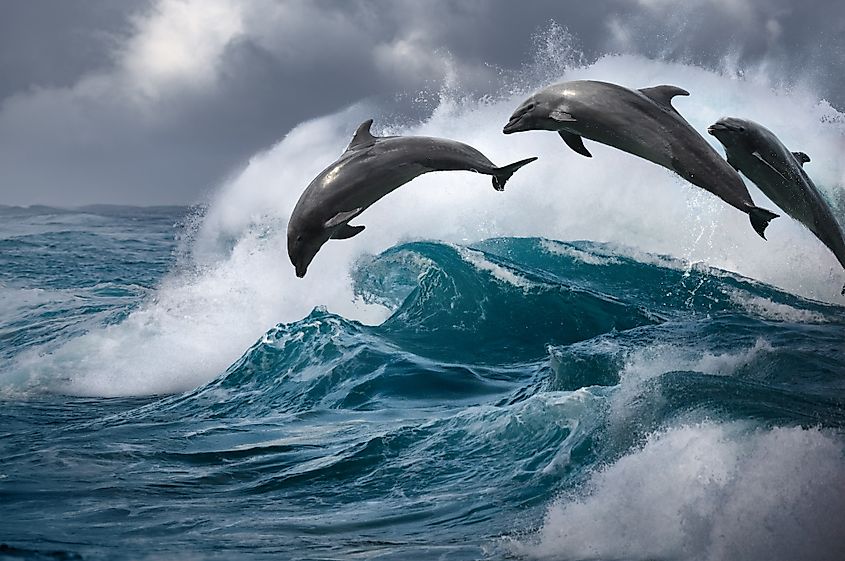
Experts estimate that there are approximately one million species of animals living in the ocean; however, they are not evenly spread out across the globe. Numerous factors influence the amount and level of diversity of these creatures within specific regions. Such factors include temperature, depth, and distance from land.
Fish and other aquatic animals tend to thrive in seas because they are friendlier environments. Oceans, which are typically far deeper and vast, host more basic life forms like plankton and shrimp. Due to this primary difference, seas are used more for commercial fishing, while oceans are utilized for mining other resources, such as oil and natural gases.
The words “ocean” and “sea” are often used to mean the same thing, but this is technically incorrect. There is one global ocean, a vast continuous body of salt water that can be broken down into five major basins. Seas, on the other hand, are typically small areas of an ocean that are partially enclosed by land. They both vary in size, depth, and diversity.
Earth is covered primarily by water. Because of this, the more we learn about our oceans and seas, the more we can begin to fully understand our beautiful blue planet.
